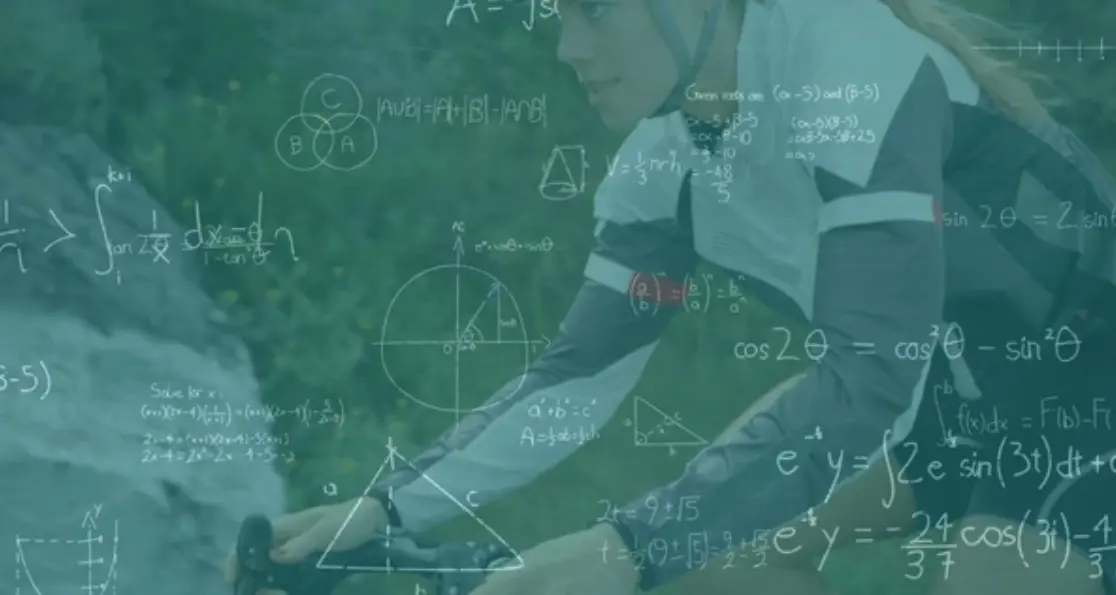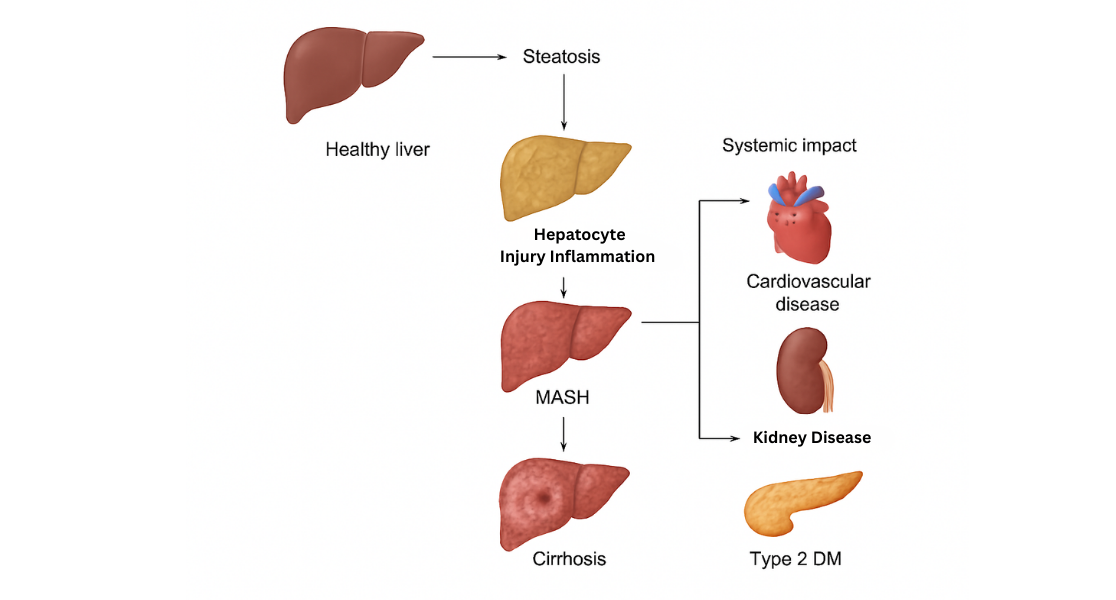Introduction
Maintaining Scientific Fitness for Active Health in an era of rising chronic disease demands more than occasional gym visits or weekend jogs. A comprehensive, science-driven approach—one that seamlessly weaves sports, medicine, community engagement, and cutting-edge technology—can transform how individuals cultivate lifelong vitality. This article explores a theoretical model of sports and health integration crafted to promote active health, revealing a suspenseful journey from foundational motor skills to personalized fitness prescriptions, and ultimately to a future where every aspect of society supports our well-being.
The Rising Tide of Chronic Disease: A Call to Action
Over the past two decades, China has witnessed an alarming 48% surge in cardiovascular-related deaths, reflecting a broader global trend: sedentary lifestyles, poor diet choices, and lack of guided exercise have fueled epidemics of obesity, diabetes, and heart disease. The “Healthy China” initiative elevates public health to a national strategic priority, urging policymakers, educators, medical professionals, and communities to break down silos and forge an integrated front for wellness.paste.txt
At the heart of this movement lies a two-pronged theoretical framework:
- The “12345 Pyramid Model” of sports and health integration, which organizes health promotion into five ascending tiers.
- The “Closed-Loop Scientific Fitness Service Model,” ensuring continuous assessment, personalization, and feedback.
Together, these models promise not only to stem the tide of chronic disease but to ignite a societal transformation where active health becomes the new normal.
Tier One: Building Foundations with Motor Skills
Every skyscraper needs a strong foundation—and so does lifelong health. Seefeldt’s “proficiency barrier” theory exposes a critical hurdle: children who miss out on basic motor skill development often find physical activity intimidating or uncomfortable well into adulthood .
Schools serve as the bedrock of the pyramid, embedding structured movement education into daily routines. Through targeted lessons on running, jumping, throwing, and balance, children develop confidence and body awareness. Early mastery not only fosters enjoyment of exercise but also equips them to embrace more complex sports and activities later in life.
Yet, mastering motor skills is only half the battle. Modern life encourages prolonged sitting—at desks, in cars, and on couches—undermining metabolic health and paving the way for obesity and insulin resistance. Integrating movement into everyday tasks, such as walking or cycling to school and encouraging standing or stretching breaks, can chip away at sedentary habits and reinforce the lessons learned in physical education .
Tier Two: Cultivating Scientific Fitness and Full Participation
With foundational skills in place, the pyramid ascends to “Scientific Fitness and Full Participation.” Here, the goal is equitable access:
every individual—regardless of age, ability, or socioeconomic status—receives the knowledge and support needed to engage in health-promoting activities.
Evidence-based programs in schools, workplaces, and communities harness exercise science to optimize outcomes. Certified instructors and healthcare professionals collaborate to craft adaptive routines, ensuring that beginners, seniors, and people living with chronic conditions can all participate safely. Financial incentives and policy measures spur the creation of accessible facilities—from neighborhood fitness corners to subsidized group classes—so no one is left behind .
The ripple effects extend beyond fitness. Improved mental health, social cohesion, and productivity emerge as participants build confidence and forge supportive networks. Academic studies confirm that inclusive fitness initiatives can narrow health disparities, especially in under-resourced communities.
Tier Three: Interdisciplinary Collaboration—A Health Ecosystem
As the pyramid rises, so does the complexity of integration. Interdisciplinary collaboration between sports scientists, physicians, public health experts, technologists, and urban planners becomes essential.
Imagine a local high school partnering with a community hospital. Students undergo periodic health assessments—measuring aerobic capacity, muscular strength, and metabolic markers—while sharing anonymized data (with strict privacy safeguards) to inform public health strategies. Exercise physiologists analyze patterns, refining curricula and community programs. Physicians receive specialized training in exercise prescription, learning to tailor regimens for patients with hypertension, diabetes, or osteoarthritis.
Pilot programs demonstrate astounding results. In one urban district, a joint initiative between schools and healthcare centers produced a 20% reduction in childhood obesity rates within two academic years, alongside improved academic performance and emotional well-being .
Tier Four: The Closed-Loop Scientific Fitness Service Model
Data without action is like a map with no journey. The closed-loop service model ensures that fitness and health seamlessly inform each other through five interconnected stages:
- Assessment: Comprehensive screenings evaluate health status, movement patterns, and lifestyle factors.
- Prescription: Personalized exercise plans—crafted by interdisciplinary teams—specify frequency, intensity, type, and duration.
- Implementation: Participants follow their regimens with support from coaches and digital platforms that track progress in real time.
- Monitoring: Wearable devices and mobile apps collect physiological metrics—heart rate variability, sleep patterns, glucose levels
- Feedback & Adjustment: Regular reviews refine prescriptions, ensuring safety, enjoyment, and continued progress.
This dynamic cycle empowers individuals to take ownership of their health, while experts intervene precisely when needed. It transforms fitness from a static goal into an evolving partnership between people and the professionals who guide them.
Tier Five: Digital Transformation and Community Empowerment
At the pyramid’s apex lies digital technology and industry-academia collaboration. China’s rapid technology uptake lays fertile ground for innovation in active health. Telemedicine platforms link rural residents to specialists in metropolitan centers, while electronic health records streamline data sharing across agencies.
Artificial intelligence algorithms analyze vast datasets, predicting risk factors and personalizing intervention strategies.
Meanwhile, universities and startups forge research partnerships to develop lightweight sensors, real-time analytics, and user-friendly apps. These collaborations accelerate translation from laboratory findings to scalable solutions.
One striking project uses community-driven hackathons to co-create health-promoting mobile games tailored to local cultures. Villagers in remote provinces design step-count challenges that integrate traditional dance, fostering pride, preserving heritage, and invigorating daily routines.
Success Stories from Around the Globe
While “Healthy China” spearheads these initiatives domestically, international precedents offer valuable lessons:
- Brazil’s Family Health Strategy deploys multidisciplinary teams for home visits, chronic disease management, and vaccination drives, achieving a 95% immunization rate for children under five .
- Japan’s Community Exercise Clubs——where seniors gather for group calisthenics and social events—have been linked to extended healthy life expectancy and reduced healthcare costs among aging populations.
These models underscore the power of community engagement, decentralized delivery, and culturally appropriate design.
Overcoming Challenges: Equity, Training, and Sustainability
Ambitious models often stumble over real-world barriers. Ensuring equity requires targeted investments in rural and under-served areas, coupled with policy safeguards to prevent widening disparities. Training for professionals demands new curricula that blend kinesiology, public health, data science, and behavior change theory.
Funding mechanisms must balance public and private resources, incentivizing long-term commitments rather than one-off grants.
The Promise of a Healthier Tomorrow by Scientific Fitness for Active Health
Imagine waking up to a world where every school, workplace, and home is a hub for scientific fitness; where AI-driven coaches guide each movement; where community bonds strengthen with every group walk and neighborhood fitness festival; and where chronic disease rates begin a sustained decline. Such a future is within reach when theory meets action through the sports and health integration model.
By building from motor-skill foundations to digital innovation, and by weaving together interdisciplinary expertise, we can unlock active health for all. Embark on this suspenseful transformation today: seek out community programs, embrace personalized assessments, and become an advocate for integrated health. The pyramid awaits your ascent—and at its pinnacle lies a healthier, happier you.










